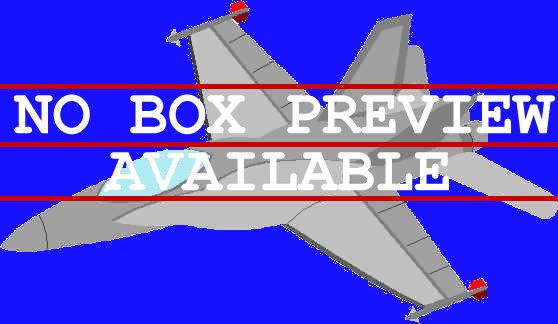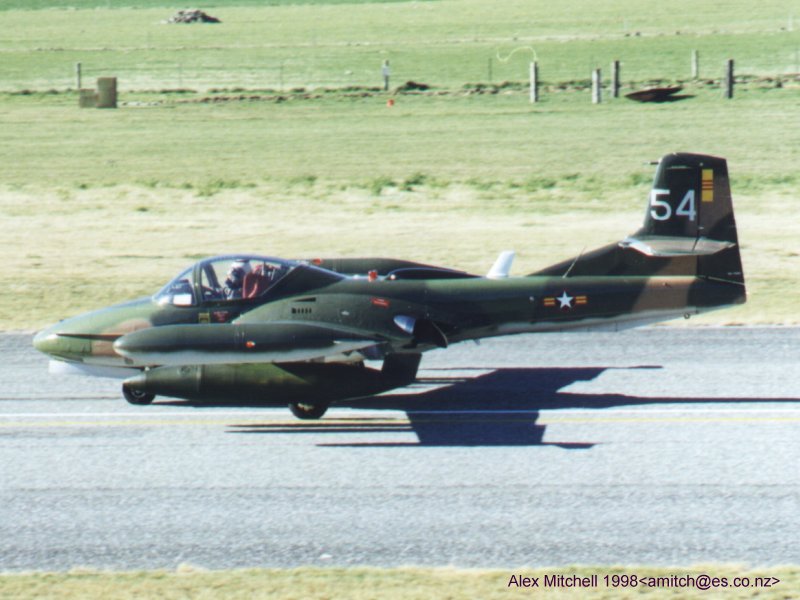
HASEGAWA 1:72 CESSNA A-37 DRAGONFLY

Reviewer: Myself (braithy@bigpond.com)
The Cessna A-37 Dragonfly is basically a modified version of the T-37 Tweet aircraft, originally designed only as a primary jet trainer. In its modified form the A-37 Dragonfly (aptly named considering its shape) makes for an excellent light attack or counter-insurgency airplane. The Vietnam war led the USAF to consider using an armed version of the T-37, and the A-37A was developed from the T-37B in 1966. The type proved very effective in a number of close support roles and were transferred to the South Vietnamese airforce. The A-37B version is essentially a variant with a 'beefed up' airframe was designed specifically for USAF requirements. A number of latin American countries operated the Dragonfly, including Chile, Colombia, Venezuala, Hoduras, Uruguay, Peru, Ecuador, El Salvador and Guatamala.
This is not a very big kit and three sprues of 40 very nice quality injected molded parts with engraved panel lines are packaged in cellophane wrapping. The instructions are on a fold-out strip with clear assembly steps, sprue diagram and a further "stores" diagram for common weapons loads. The first thing one notices is that only USAF examples can be produced, even though the kit caters for both A-37A & A-37B types. The 'optional' parts are highlighted depending on the version you choose to build.
There's not much to crow about as far as the cockpit is concerned. There's no seats as such, you put the two pilot figures on a cockpit base, who sit side by side, and then place 'back-rests' behind them to more or less act on behalf of seats. There's not sticks or other sidepanel detail. An instrument panel is attached to the dashboard, and a decal is provided to use for dials 'n knobs. Exterior panel line detail is not too bad and is typical of Hasegawa, much the same for wheel wells.
This kit was pretty straight forward to build, even though it is not very large. The only problems encountered was getting the wing to sit right (two upper halves fit to a one-piece lower section which spans across and under the fuselage), some small fiddly bits (like antennae) and getting the underwing stores to sit properly - mainly because the pylons were a bit too close together for comfort. It's a pretty easy kit because there are not a lot of parts or steps to complete and the aircraft is rather small in finished form.
Two examples are produced by the kit - A-37A of 604th SOS, 3rd TFW USAF in Vietnam-like Green, Dark Green and brown upper surface camouflage and light grey undersides. The second example is an (O)A-37B of the 19th TASS, 51st TFW USAF in overall dark grey low-vis drab. A fair bit of stencilling is provided for both versions and the decals went on very nicely. I chose the A Model and dressed it up as suggested by the kit.
A nice, straight forward kit, that builds into an accurate portrayal of the A-37. I am more inclined to think that the A model is the best reprsentation by the kit because I believe the B model had a few more subtle differences (and that beefed up airframe) than is suggested by the kit. But in any case I would highly recommend the kit to all skill levels.
Related Reviews: Academy A-37 Dragonfly
Back to home
Kit Review Index: 1/72
1/48

An early version A-37A in three-tone Vietnam-like camouflage as called
for by the kit.
picture courtesy of Alex Mitchell.